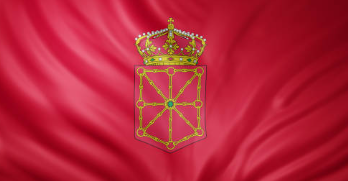
- Butifarra: A Celebrated Sausage of Catalonia
- Butifarra is a traditional Catalonian sausage that holds a special place in Spanish cuisine, particularly in the regions of Catalonia and the Balearic Islands. Known for its simplicity and versatility, butifarra has been enjoyed for centuries as a flavorful and hearty dish. Whether grilled, boiled, or served in stews, this sausage continues to be a beloved staple in Spanish households and restaurants alike.
- Historical Roots of Butifarra
The origins of butifarra date back to Roman times, making it one of Spain’s oldest culinary traditions. The word “butifarra” comes from the Latin term “botulus,” which refers to a sausage or a type of meat encased in the intestine. This method of preserving meat was common in many Mediterranean cultures, including Spain. In Catalonia, butifarra evolved into a delicacy, particularly during festive occasions and family gatherings.
Butifarra has historically been associated with rural life, as it was often made during pig slaughter season (known as “matanza”). Farmers would use nearly every part of the pig, ensuring nothing went to waste. This sausage, in particular, became a way to preserve and enjoy the fresh flavors of pork throughout the year.
- Types of Butifarra
There are several varieties of butifarra, each with its unique characteristics and preparation methods. The two most common types are:
- –Butifarra Blanca (White Butifarra): Made from pork, salt, and spices, this variety is distinguished by its pale color. It does not contain blood, giving it a mild flavor and tender texture. It is often boiled or grilled and served with beans or bread.
- –Butifarra Negra (Black Butifarra): This version includes pork blood, which gives it a darker color and a richer, more intense flavor. It is often enjoyed in stews or with hearty side dishes like potatoes or beans.
In addition to these two main types, there are many regional variations of butifarra. For example, some are seasoned with garlic, herbs, or even truffles, while others may include rice or other fillers to extend the meat and add texture.
- Butifarra in Spanish Cuisine
Butifarra is not only popular as a standalone dish but is also a key ingredient in several traditional Spanish recipes. One of the most well-known dishes featuring butifarra is *”Butifarra amb mongetes,”* a simple yet flavorful combination of grilled butifarra sausage and white beans. This dish exemplifies the rustic, hearty nature of Catalonian cuisine and is a favorite in homes and restaurants throughout the region.
Butifarra is also used in stews, soups, and casseroles, where its rich flavors infuse the broth and other ingredients. In some regions, it is served alongside grilled vegetables or potatoes, making for a satisfying and balanced meal.
Conclusion
Butifarra is a culinary icon of Catalonia, representing the region’s deep agricultural traditions and love for simple, flavorful food. Whether enjoyed on its own or as part of a more complex dish, butifarra continues to be a cherished part of Spanish cuisine, celebrated for its versatility and rich flavors. From humble beginnings in rural kitchens to its place in modern Spanish gastronomy, butifarra remains a beloved staple in homes and restaurants across Spain.


